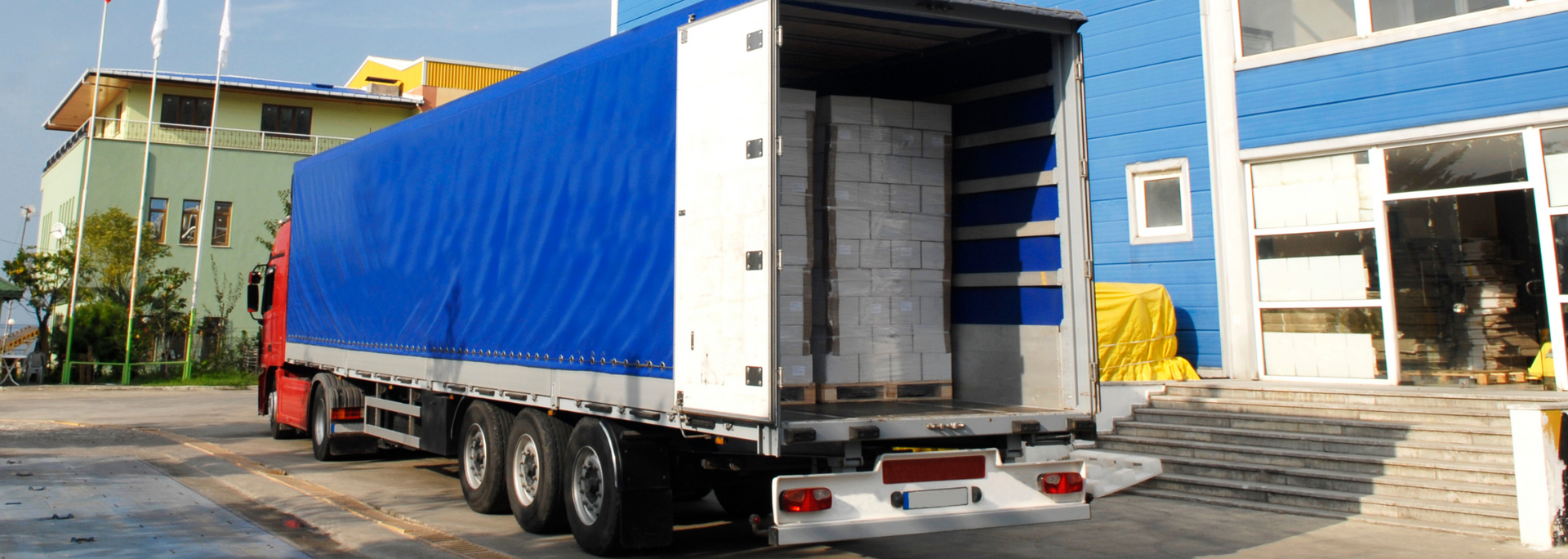What is Azure VMware Solution?
Do you want to move your VMware workloads to an Azure environment? Azure VMware Solution (AVS) could be for you. Learn more in our quick guide.

Has your company invested in VMware software – and are you now looking to move some or all of your workloads to an Azure cloud environment?
Azure VMware Solution could be you. It enables customers to shift data and software over to Azure without having to go through the pain of refactoring.
That means you can keep the tools you've already paid for while enjoying the additional benefits of Microsoft's solution. In some scenarios, it's the most cost-effective and non-disruptive way of getting from A to B.
In this article, we take a closer look at what it is, how it works – and how it can help you to meet your cloud migration goals.
What is Azure VMware Solution?
Azure VMware Solution (or AVS) is a solution that allows clients to move VMware workloads to Azure environments without refactoring.
It's a version of "lift-and-shift" migration, where software and data are moved wholesale without any changes being made. The principle behind lift-and-shift is that it's better to reach your destination and then optimise performance, rather than the other way around.

If this is your direction of travel, then AVS is unbeatably fast. Put simply, it creates a pipeline from an Azure cloud environment to your data centre. VMware's vMotion technology is then used to pump those workloads to your new cloud environment.
This makes it ideal for enterprises who want to get to the cloud fast. It's no exaggeration to say that it can save you months of work.
AVS is a first-party Microsoft product. That means every euro you spend on AVS counts the same as if it was another Azure product. This is one reason why it can be a cost-effective method.
But there's a side benefit, too. If you have Windows servers in use on-prem, you should be able to shift those licenses to any Azure environment – including AVS.
You also get to enjoy ROI on your existing VMware software. It's a case of lift and shift, not switch and ditch – so your IT technicians won't need to be retrained (or replaced!)
If your long-term goal is solely to use Azure-native services, AVS can help you get there – it's not a case of either/or. You can use your existing VMware software to get you to the cloud and
then
decide which applications are to be moved to Azure-native.
If you have workloads that are reaching the end of their support, then AVS extends that support for up to three years. Windows 12, for instance, would get support until 2026 – three years that would otherwise be spent firefighting unsupported software.
The bottom line is that you get a smooth journey from A to B without lengthy refactoring, along with some Azure-specific perks.
It's an express route from Microsoft Enterprise Edge to the AVS environment (via NSX). All you have to do is connect to the Enterprise Edge – the rest is taken care of.
What are AVS's use cases?
There are four main use cases for AVS.
First, there's a lift and shift from on-prem hardware to the cloud. This could be because your co-lo agreement is up for renewal, because compliance issues force you to evacuate, or because your hardware is starting to creak a little.
In the lift-and-shift scenario, AVS takes your workloads in their current state and swiftly shifts them to Azure. It can be used in the same way for individual workload migrations.
The second scenario relates to disaster recovery. Whether you're looking to create a new DR or replace or complement an existing DR, AVS can get you there.
The third use case is about Microsoft support. When support ends for pieces of software, it can create new outgoings for an enterprise. Using AVS extends support, meaning you're not paying through the nose to keep your ducks in a row.
Finally, there's virtual desktop infrastructure. VMware Horizon can be run on AVS, providing virtual desktops for your hybrid workers – something we looked at in another blog post.
Other benefits
AVS has global availability. This is always subject to change. However, at the moment, there are clusters of supported regions in North America and Western Europe – and individual regions can be found in East Asia, Brazil, South Africa and Southwest Australia.

Because AVS is a first-party Microsoft product, you get a single point of contact. You won't get passed back and forth between VMware and Microsoft
Microsoft Azure is one of the best platforms for compliance. These vary from region to region, but using AVS guarantees that you'll inherit many essential compliance certifications.
How is it consumed?
There are three consumption models for AVS – hourly, one-year reserved instance and three-year reserved instance.
Hourly is the most expensive – but also the most flexible. It can be your best bet in some situations – for bursting environments, to take one example.
Monthly plans, however, can be best if you're replacing your hardware with an Azure cloud environment or moving your disaster recovery site.
The bottom line
Azure VMware Solution is a first-party Microsoft product that provides dedicated hosting of your existing VMware environment in Azure.
It's simple and keeps disruption to a bare minimum thanks to its refactoring-free lift-and-shift approach. It allows you to ditch your hardware and reap the rewards of the cloud while still making the most of your business's existing tools.
Or as Jennifer Chronis, Vice President for Public Sector at VMware has said:
"As public sector customers accelerate their modernisation efforts, they need the flexibility and choice to select the right cloud for each application… Together with Microsoft, we are delivering a modern, more consistent cloud service that will provide US government customers and partners with new options to migrate or extend their on-premises VMware environments to the cloud."
Looking for support with VMware software or
cloud migration
? At Ascend Cloud Solutions, we're dyed-in-the-wool VMware experts. Whatever your requirements,
get in touch
today for a no-obligation consultation.











